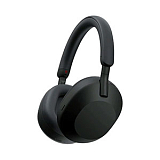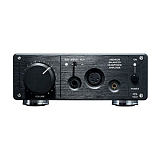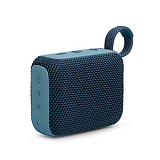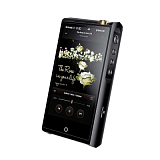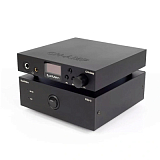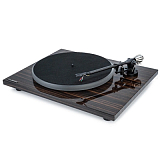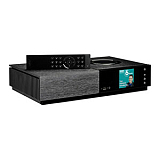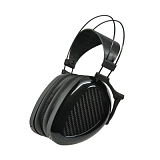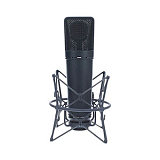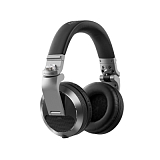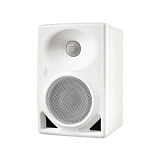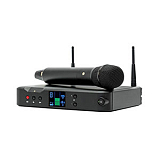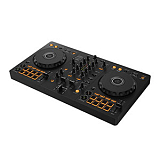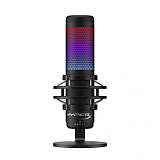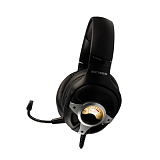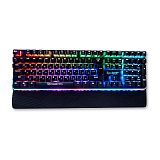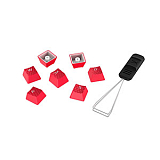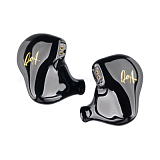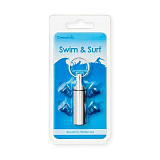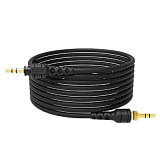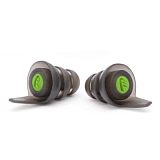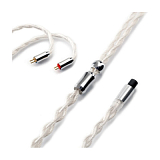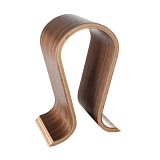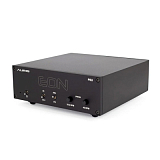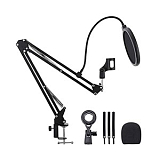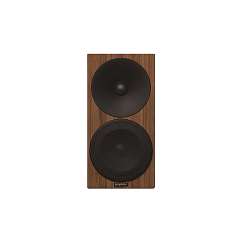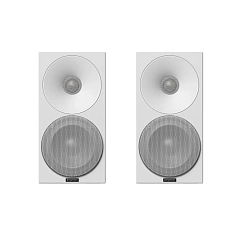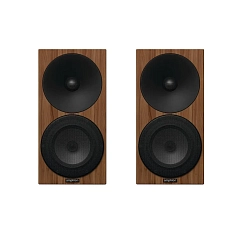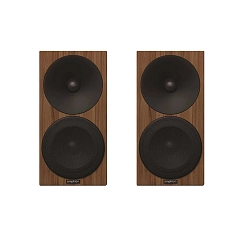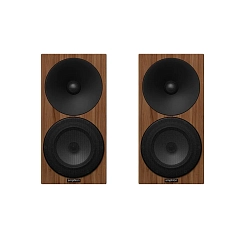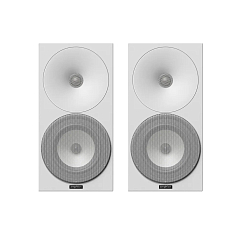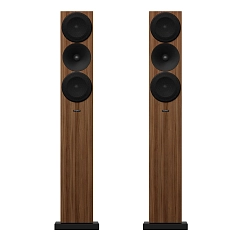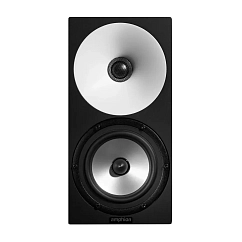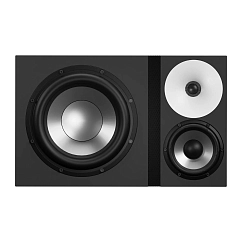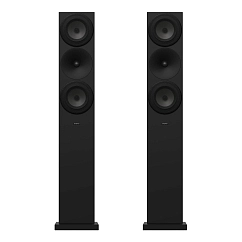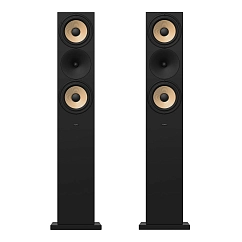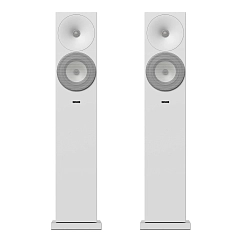Sound from the Land of Suomi: The History, Philosophy, and Technology of the Amphion Brand
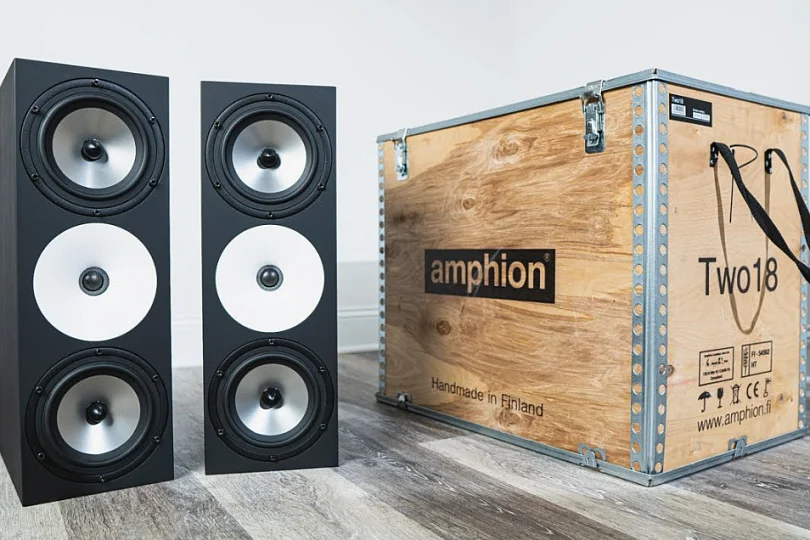
Contents:
Finnish sound in the world of audio components has already established itself as a distinct phenomenon, with its point of reference being top-tier components, among which the models from the Amphion brand hold a place of honor. Remarkably, by industry standards, the brand emerged quite recently, just a quarter of a century ago, but in that time, it has achieved such recognition that it is compared to brands that have been around for many decades.

As is often the case, an outstanding brand is closely tied to the personality of its founder. The creator and driving force behind Amphion is Finnish entrepreneur and engineer Anssi Hyvönen, who was fortunate enough to be introduced to audiophile sound in his early youth. When Anssi was 14 years old, his father gave him money for his first audio system — and in their small Finnish town of Kuopio, the selection of audio salons was surprisingly high-quality. A couple of years later, the young man acquired higher-class equipment, which, incidentally, still works for him to this day. It was already then that Anssi discovered he had an excellent memory for the sound of audio components and could compare them even in absentia — a quality that later greatly helped him in creating his own audio systems.
Acoustic systems:

Later, Anssi Hyvönen worked in Hong Kong, where he sold acoustic systems, and soon he met talented manager Petteri Koljonen and acoustic developer Antti Louhivaara. In 1998, the three of them founded their own brand — Amphion.
Initially, the headquarters and assembly line for the new company were set up in Helsinki, but due to family circumstances, the Hyvönen family had to return to their hometown of Kuopio, and Anssi spent several hours each day commuting to and from work. However, when it turned out that the future manufacturer of acoustic enclosures was located nearby, in 2000, the entire company moved to Kuopio as well.
Chemistry and Design
The first model of speakers from Amphion was the two-way bookshelf speaker Argon with a 165mm main driver. Its name, like the brand's concept, became symbolic. Anssi decided to use the names of inert gases for his speakers — Argon, Helium, Xenon, and so on. This suggests that his acoustics, like inert particles, do not interact with the environment — in other words, their sound should not be heavily influenced by the room and other factors, making it significantly easier for audiophiles to select the right components.

The company then introduced smaller bookshelf speakers — Helium, and later — floor-standing Xenon. The company quickly established good relationships with Finnish Hi-Fi dealers, but the domestic market remained small, and the brand initially focused on exports. The first major success was the positive reception of the Argon and Xenon series at the High End Show in Frankfurt in 2000. Today, the company's products are represented on all inhabited continents in 58 countries, and they are very popular in the UAE as well.
Amphion speakers immediately attracted attention with their modern Scandinavian design, created by industrial designer Risto Pentikäinen. Since speakers are often placed in the center of a room and are always in view, Amphion models need to be pleasing to the eye, fit into almost any interior, and be well-received by buyers of various tastes and ages. This was a difficult task, and Risto did an excellent job with it. Today, we can even see that some other manufacturers are trying to replicate a similar design. In 2021, the Amphion brand received an award from the reputable publication HiFi+, a member of the Association of International Audiophile Publishers (AIAP), for innovative design and construction.

Another important award for Amphion, which fully produces its products in its own country, was the right to use a special mark in the form of a flag from the Association of Finnish Workers. This mark is awarded to Finnish organizations that support national production.
Direction for Sound
One of Amphion's strengths is the use of its own original technologies, which distinguish these speakers from many other brands. A significant functional and aesthetic feature of Amphion speakers is the proprietary U/D/D (Uniformly Directive Diffusion) waveguide, now in its fifth generation. It is worth noting that the widespread use of waveguides is characteristic of other Finnish acoustic brands (e.g., Genelec) and is primarily based on the work of Finnish engineers Anders Vekström and Jorma Salmi, founders of the audio company Gradient.

Amphion's waveguide uses the principle of uniformly directed sound wave diffusion, which ensures a homogeneous sound field. The design promotes multiple reflections of sound energy within the channel, minimizing reflections in the room.
Another key technology in Amphion speakers is lowering the crossover point to 1600 Hz, allowing the tweeter to blend seamlessly with the midrange driver. It is important to note that this solution is not universal for any speakers but is specifically applicable to this company's models — their driver materials and construction, crossovers, and enclosures.

The company also often prefers to use passive radiators instead of conventional bass reflex ports. This radiator synchronizes with the active driver's movements and creates additional air pressure, enhancing the bass.
When developing Amphion acoustics, engineers adhere to the concept of controlled dispersion. The cardioid directivity of their speakers, meaning their ability to focus sound in front while minimizing its spread to the sides and rear, allows for maximum reduction of room acoustics' influence on sound and is especially beneficial in untreated rooms.
From Listening to Recording
In 2007, the paths of the company's founders diverged, and Anssi Hyvönen had to take over all leadership responsibilities. In 2010, a new turning point occurred in the brand's history. Anssi almost accidentally saw a documentary called "The Man with the Microphone" about Finnish microphone developer Martin Kantola. Soon after, Anssi arranged a meeting with him, which resulted in a new collaboration and the creation of a professional line of speakers for recording studios. The first model in this line was the small studio monitor One12.

Close cooperation with musicians became another creative method for Amphion. In 2021, Martin Kantola teamed up with bass guitarist Tom Stenback and producer-musician Emmanuel "Manu" Laudic to develop the company's first active model — the full-range studio monitor One25A. The speaker features a 25mm titanium tweeter, a 135mm aluminum midrange driver, and a matching 255mm woofer, with the first two drivers isolated from the bass driver in a separate chamber.
It is worth noting that Anssi Hyvönen prefers to create passive acoustics, believing that this ensures greater longevity of the speakers, versatility in component selection, and better performance. Therefore, even in the active One25A model, you can move the built-in (but removable) amplifier outside the speaker.

In 2022, the company moved from its previous premises, a repurposed old gas station, to a newer and more spacious building in the same city of Kuopio.
Hyvönen’s Periodic System
Amphion's "Periodic Table of Elements," that is, its model lineup, is represented in three home series named after inert gases — Helium, Argon, and Krypton — as well as professional studio monitors in the One, Two, and Base series, and amplifiers in the Amp series.
The entry-level home audio series, Helium, features a simple, elegant design and a two-way configuration with a crossover point of 1600 Hz. The most compact model, Helium410, is equipped with a 115mm paper main driver and a 25mm titanium tweeter. In 2021, it won prestigious Visual Grand Prix and Audio Excellence awards from the reputable Japanese publisher Ongen.

The bookshelf speaker Helium510 is equipped with a 135mm driver and delivers deeper bass and volume. The same two paper mid-bass drivers and a similar tweeter were used in the elegant Helium520 speakers, which won the "Dr.Head Awards 2023" in the "Best Floorstanding Speakers" category.
The Argon series is the next level in the lineup, offering higher sound quality and richer bass. It includes three bookshelf models, starting with the compact but uncompromising desktop Argon0, featuring a 25mm titanium tweeter and a 115mm aluminum mid-bass driver. The older version, Argon1, with a 130mm driver, was named "Best Speaker of 2021" by the video channel A British Audiophile.
The Argon 3S speakers use technologies from the professional studio monitor models, particularly a two-way passive radiator. The model was awarded "Best Bookshelf Speaker 2021 (over £2000)" by HiFi+ and "Outstanding" by A British Audiophile. The same passive radiators are used in the floorstanding Argon 3LS and Argon 7LS models, which allow listeners to experience the magic of studio sound in a typical home environment.

The flagship reference model, Krypton 3X, incorporates nearly all of Amphion’s high-end technologies: a 25mm titanium tweeter housed in the proprietary U/D/D waveguide, two 203mm midrange drivers with papyrus diaphragms, and a 254mm aluminum woofer with a side-firing design. This version has won numerous awards from industry publications and was named "Best Floorstanding Speaker" in the "Dr.Head Awards 2023."
A Professional Perspective
Amphion’s studio equipment lineup includes monitors and amplifiers specifically designed for the modern recording industry. The One12 version is intended for extreme near-field listening, eliminating the influence of the room thanks to U/D/D technology. The One15 monitors offer precise transient reproduction and well-balanced bass. The One18 model is popular for its versatility in all recording tasks in various rooms.
The Two15 speakers, with fast transients and extended bass, are ideal for short-distance listening, while the reference Two18 monitors feature precise positioning, phase accuracy, and great depth of detail.

More complex and advanced solutions from the Base family can transform a two-way studio monitor into a full three-way system. They enhance midrange reproduction by reducing intermodulation distortions in the midrange driver. The FlexBase25 can adapt the crossover frequency and bass level to specific rooms and sound tasks, providing maximum flexibility and the ability to fine-tune. The BaseTwo25 system uses mutual driver movement compensation, providing high control and detail in low frequencies, ensuring exceptional accuracy in their reproduction.
The company’s studio lineup also includes two amplifiers. The Amp700 model, as the name suggests, delivers 700 watts per channel for 4-ohm speakers, ensuring excellent control and high resolution across the entire frequency spectrum, optimal for maximizing monitor performance. The Amp400 version offers 410 watts per channel.
Acoustic systems:
Technology Over Decoration
A strong and bold decision by the company was its commitment not to offer a wide audience a "commercial" deliberately warm and pleasant sound with bloated bass but to introduce it to a more natural, open, and transparent presentation, which has become a kind of "education" for its demanding and discerning listeners. At the same time, the Helium lineup offers a more familiar sound. When working on new promising acoustics, Anssi Hyvönen promises that the cost of the models will include high technology and quality materials rather than considerations of prestige or excessively expensive finishes. Here, sound comes first, and the honesty of presentation and natural acoustic picture have become the brand’s signature feature, for which it is chosen by enthusiasts.

